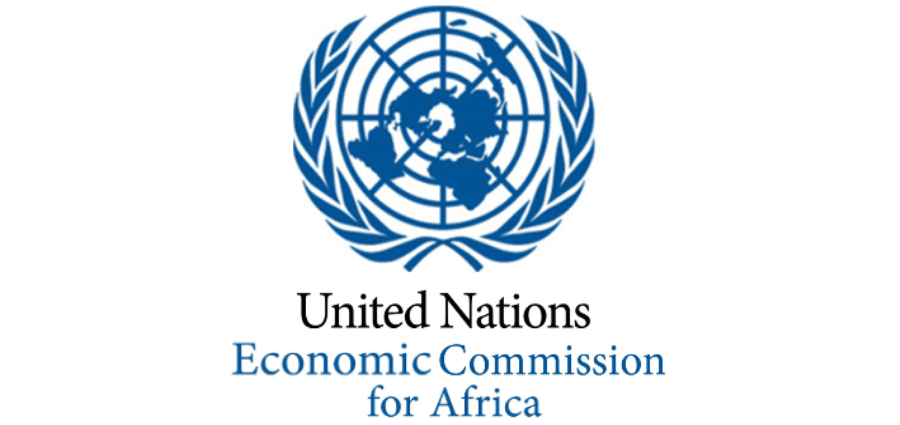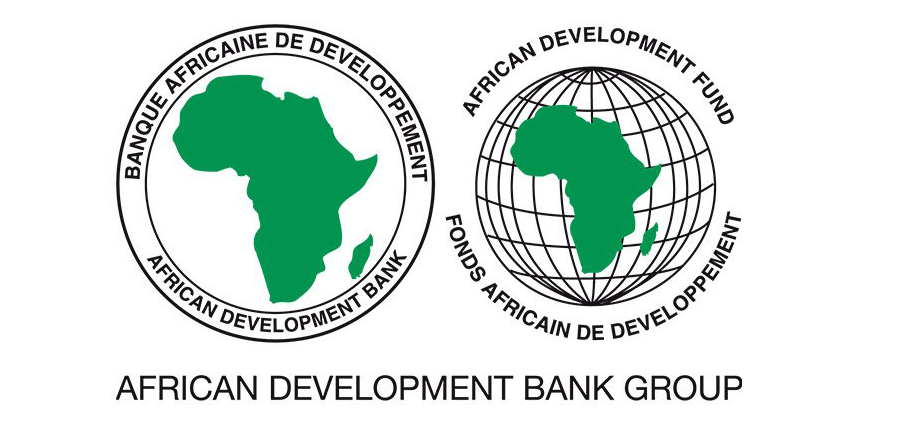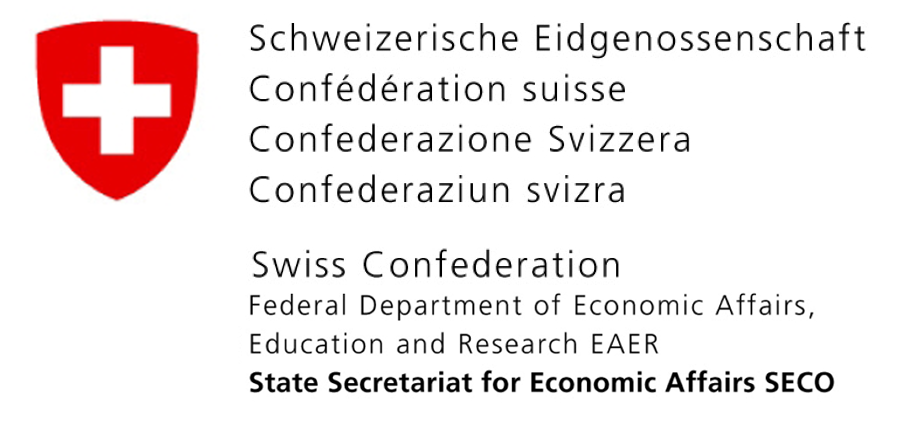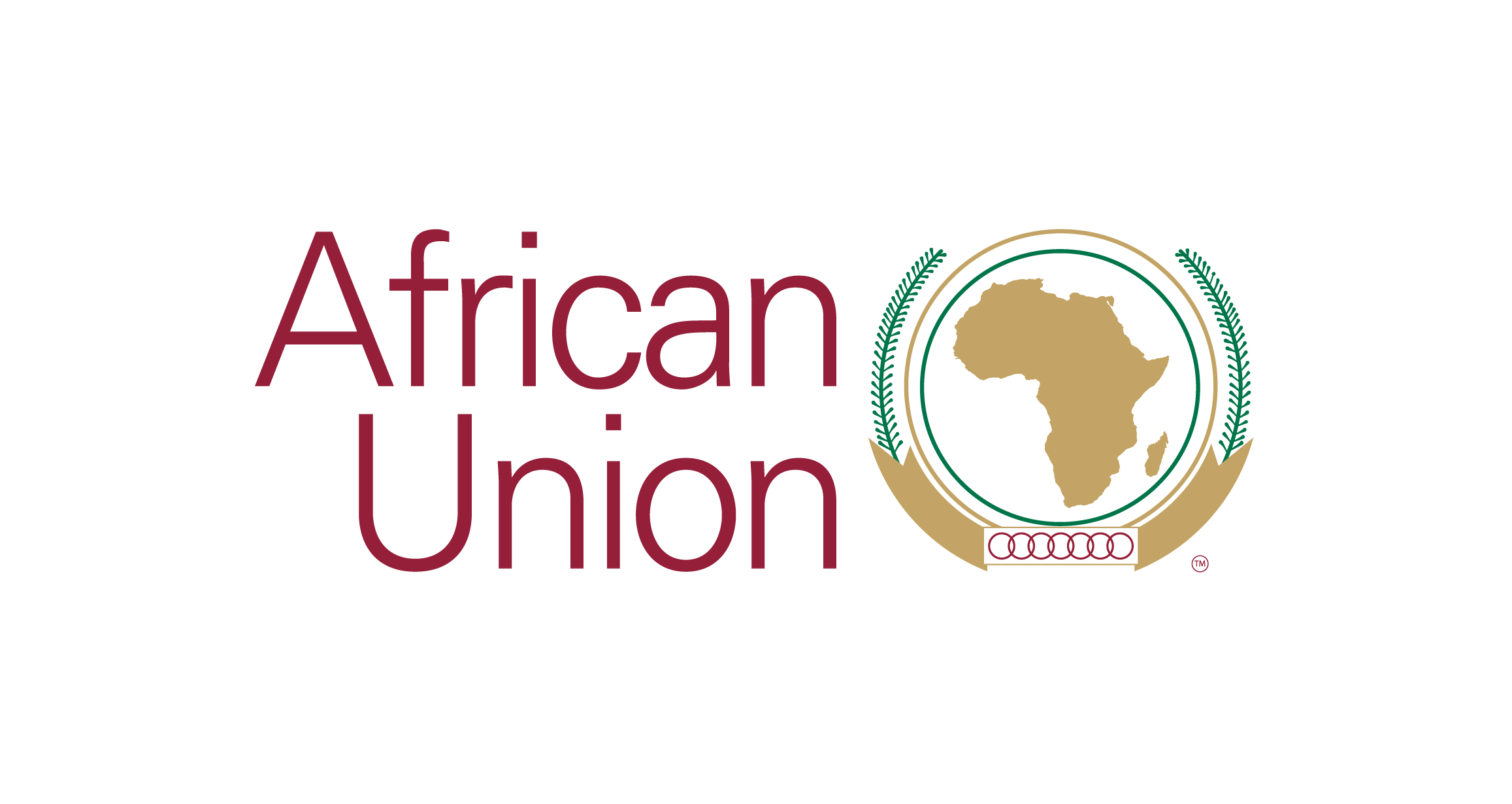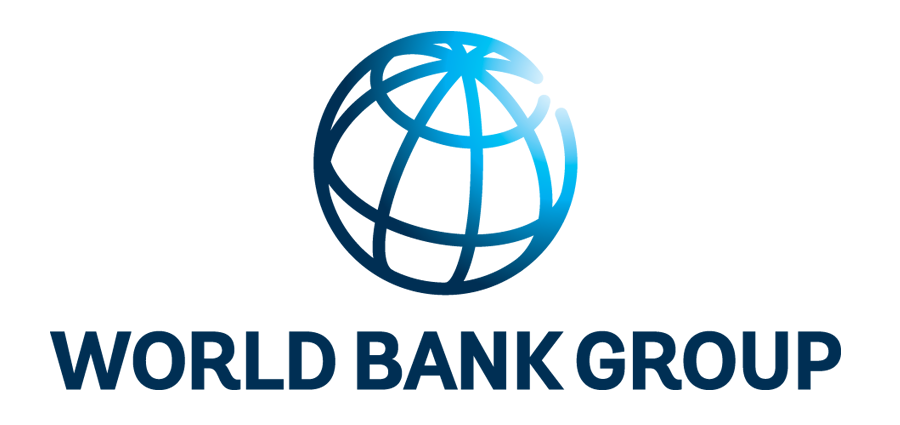Mozambique Customs Transit Regime
The Maputo Corridor is primarily serving its close South Africa hinterland. Compared to direct routing through South African ports, passing through Mozambique implies a Customs transit regime. The constraints of transiting at an international border, compounded with comparatively low volumes and the imbalance in trade, constitute an obstacle for developing traffic along the corridor.
The Maputo Corridor Logistics Initiative (MCLI), an advocacy group formed by private users, logistics service providers, and public Government agencies on the Maputo Corridor, documented the main constraints and their impact on the competitiveness of the corridor. Taking advantage of a review of the Mozambique Customs Law undertaken by the Government of Mozambique to facilitate the implementation of the Single Electronic Window System in Mozambique, SSATP supported MCLI with consolidating the collective input of all stakeholders for modifying areas of the legislation which were negatively affecting the efficiency of the corridor.
The key stakeholder recommendations for modifying the Mozambican customs transit regime comprise five universal components of a transit regime:
- Customs Transit Regulations (CTR’s)
- Bonds
- Manifests
- Transit process authorization
- Stakeholder engagement
The recommendations were well received by the Government of Mozambique, and incorporated into the revised legislation, which was ultimately approved by the Parliament and published in October 2012. As the legislation is applicable to the whole country, not only it will have a positive impact on the competitiveness of the Maputo Corridor, but it will also have positive spillover effects on the other transit corridors of Mozambique, especially through the ports of Nacala and Beira. SSATP support included providing follow-up training to the freight forwarding community in Mozambique on the new legislation.

